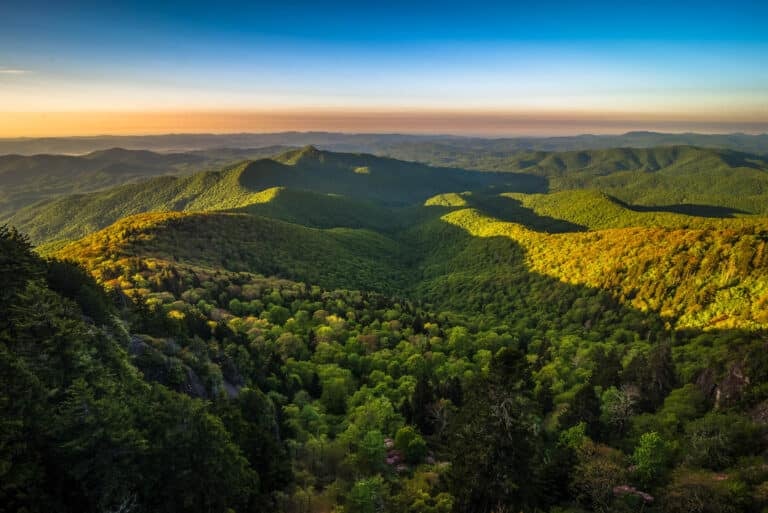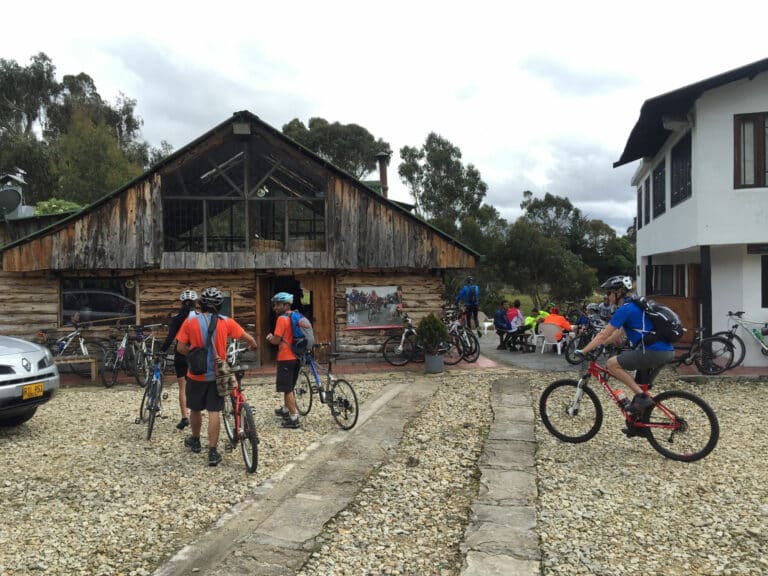For over 20 years, trail lovers have been working to protect Rocky Fork, the largest remaining unprotected tract in the southern Appalachians. Located in the Bald Mountains of eastern Tennessee, Rocky Fork is a privately owned 10,000-acre tract bordering two national forests and includes ten miles of the Appalachian Trail. It stands out as some of the most important wildlife habitat in the eastern U.S., home to a healthy black bear population, some of the finest waters that remain for the native Appalachian brook trout, and more species of salamanders than Great Smoky Mountains National Park.

Saving Rocky Fork has not been easy. Two previous attempts failed, in 1997 and 2001. Three years ago, in 2006, Rocky Fork again was placed on the market, and when ridge-top development loomed large as its likely fate, long-time Rocky Fork advocates scrambled into action to create widespread public awareness.
The Southern Appalachian Highlands Conservancy, based in Asheville, N.C., stepped in, along with help from The Conservation Fund and Appalachian Trail Conservancy. Over the next three years, outdoor enthusiasts and local citizens worked shoulder to shoulder to protect Rocky Fork. Lobbying for public funding were Senators Lamar Alexander and Bob Corker and Representative David Davis from Tennessee, and Representatives David Price and Heath Shuler from North Carolina. Assisting with private funding were key philanthropists who presently prefer to remain anonymous.

Finally, on December 15, 2008, the hard work paid off: Rocky Fork was purchased for nearly $40 million by The Conservation Fund and U.S. Forest Service. Much work still remains, as The Conservation Fund must now acquire funding for its reimbursement, in order for the final transfer of land to proceed. But for now, trail lovers are celebrating the permanent protection of a pristine mountain wilderness.







